全部商品分类
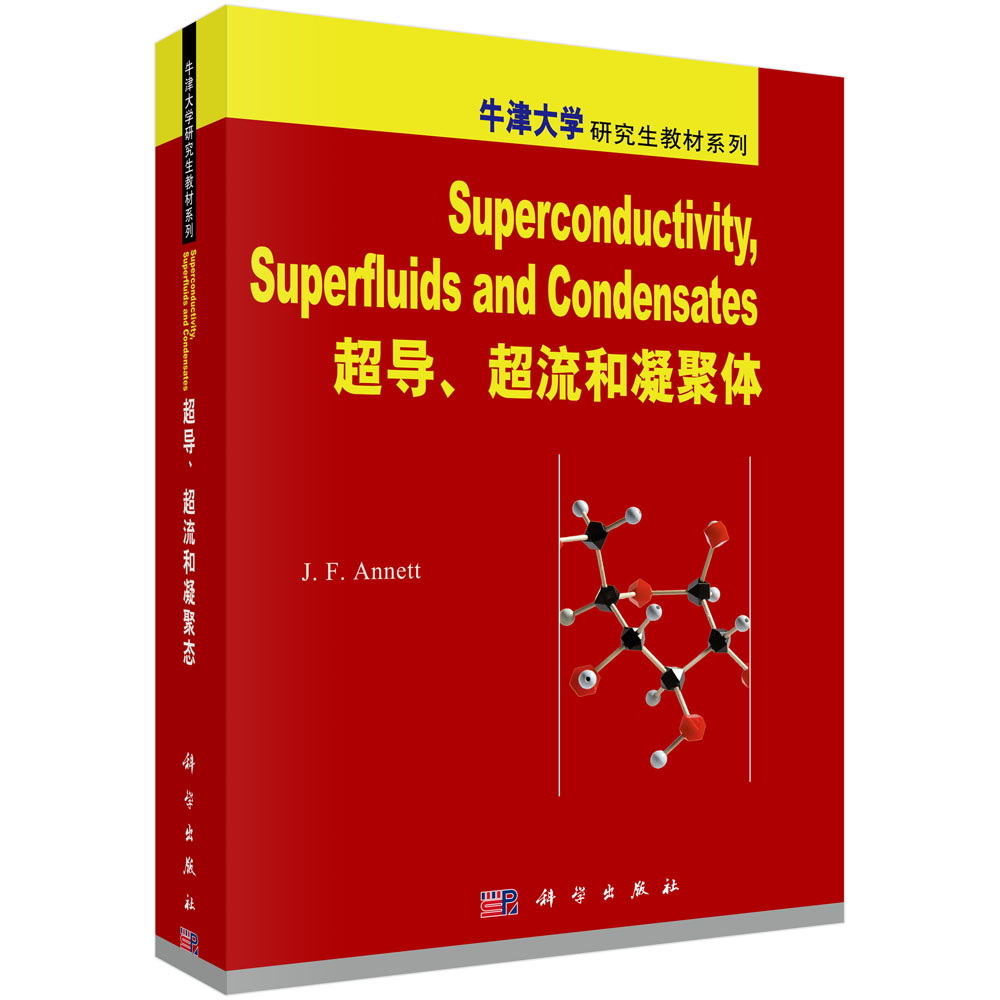
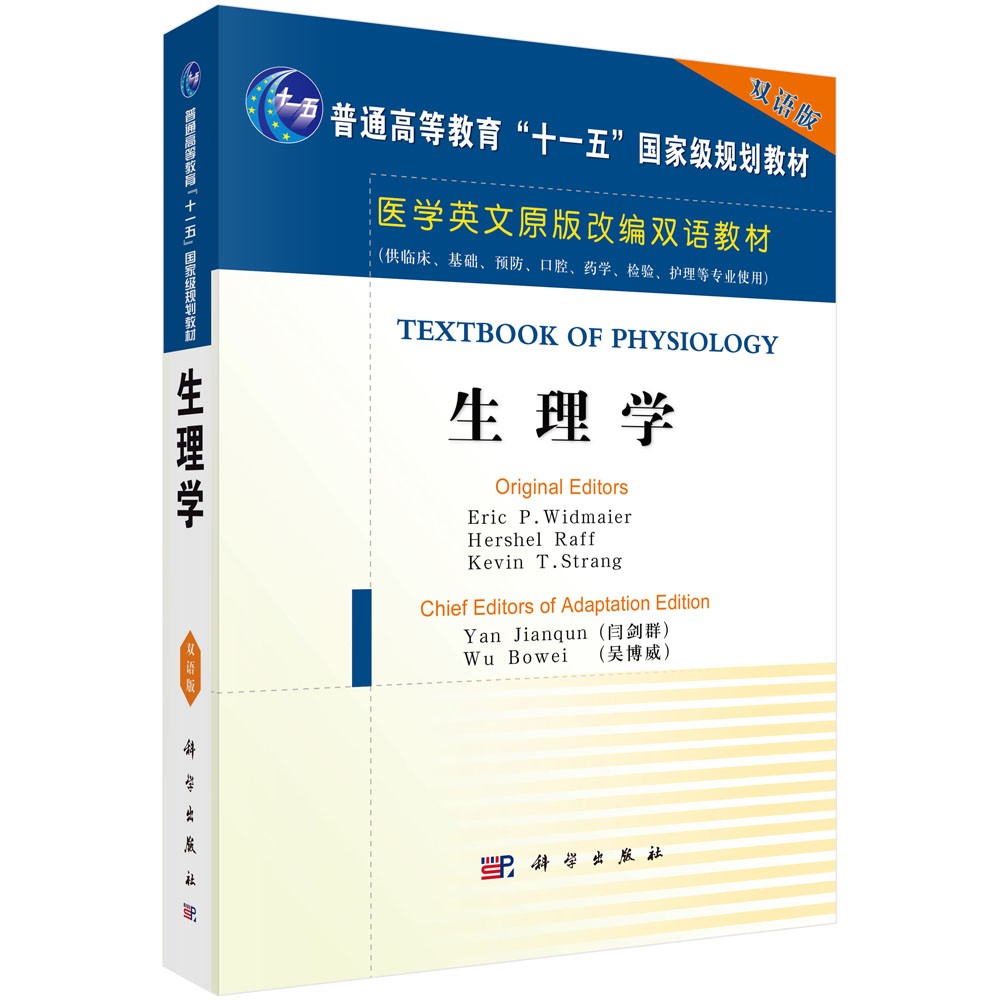



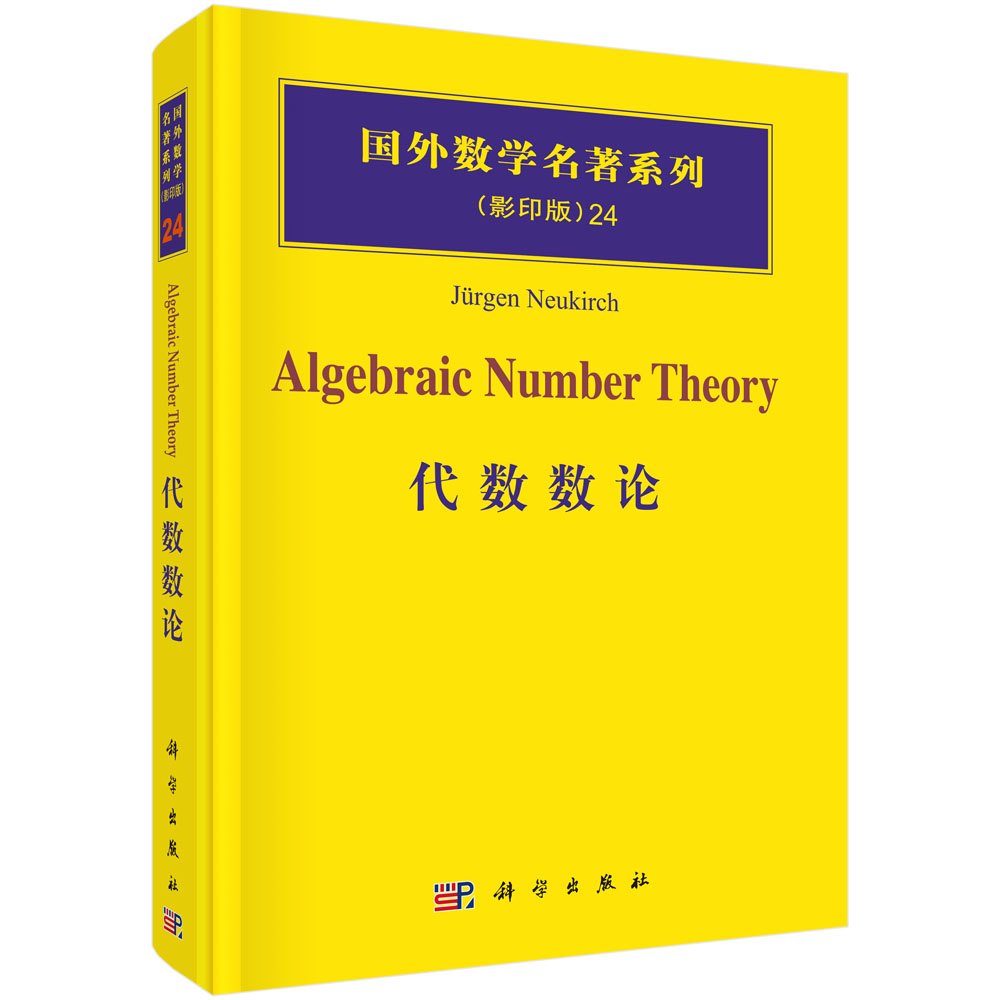
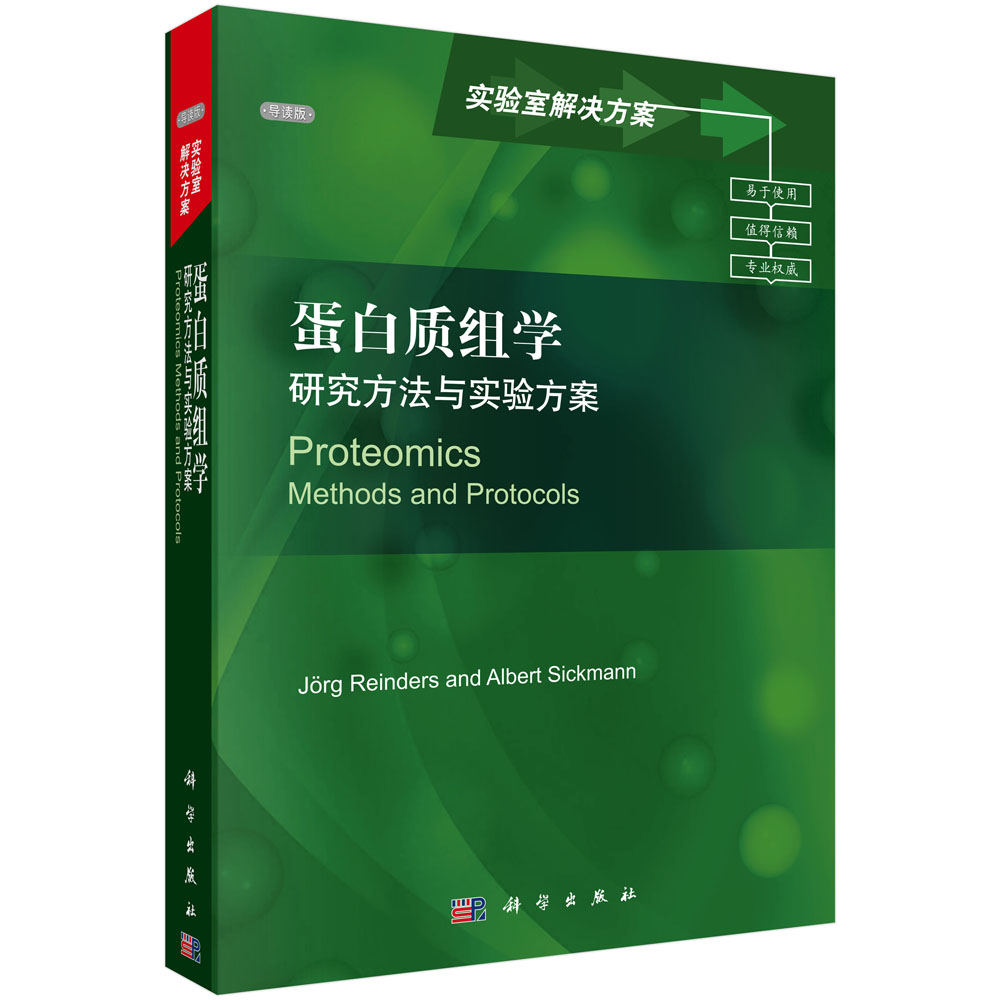


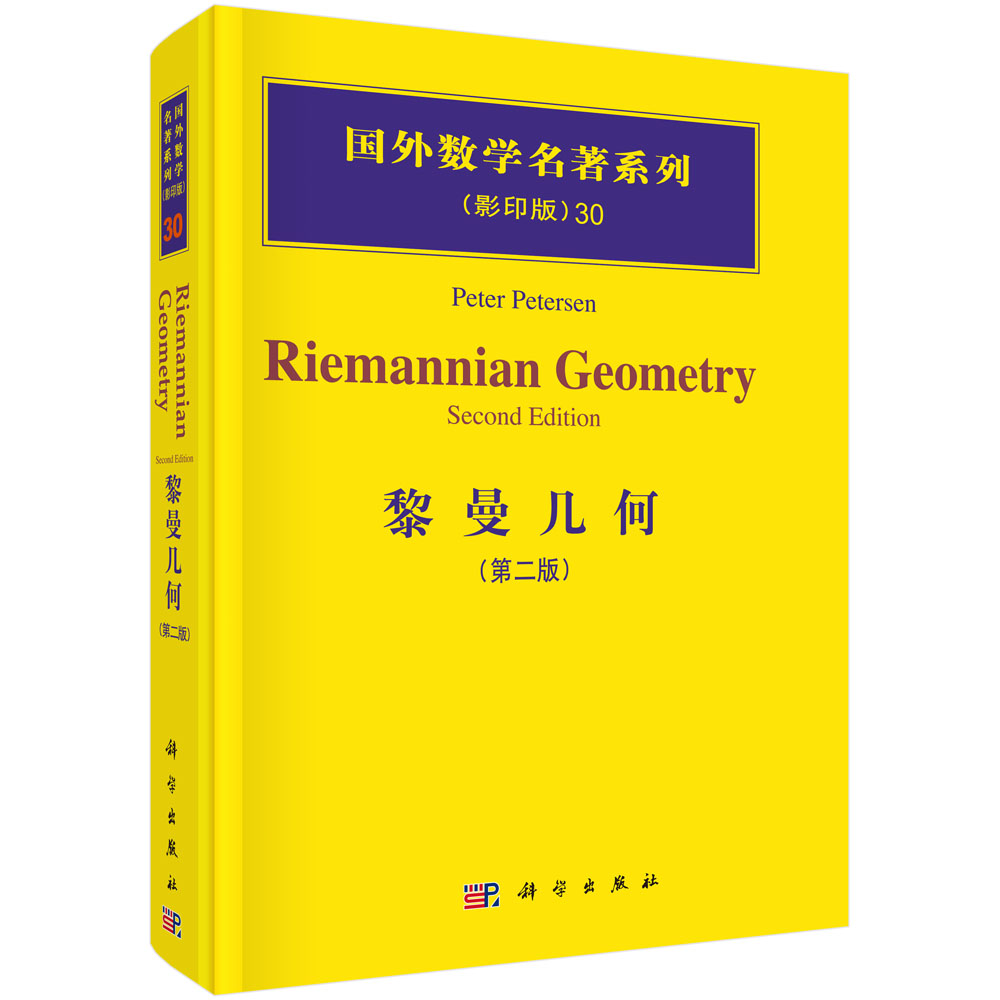
This textbook is addressed to graduate and post-graduate students in Physics.lt is intended to provide a self-contained introduction to the principles of Quantum Mechanics, based on the analysis of measurement processes of microscopic systems and the introduction of the physical observables as generators of symmetry transformations. After standard training arguments the applications are mainly focused on atomic and nuclear phenomena, as they occur on a quite different space-time scale. Thus, the text flows from the simplest systems, i.e. proton-electron in the Hydrogen atom and proton-neutron in the Deuteron nucleus, to the complex many-body systems, i.e. stable states of atoms and nuclei of the Periodic Table, and finally to infinite many-body systems, including atomic and nuclear fluids. A digression is made on the application to astrophysical compact systems.
样章试读
- 暂时还没有任何用户评论
全部咨询(共0条问答)
- 暂时还没有任何用户咨询内容